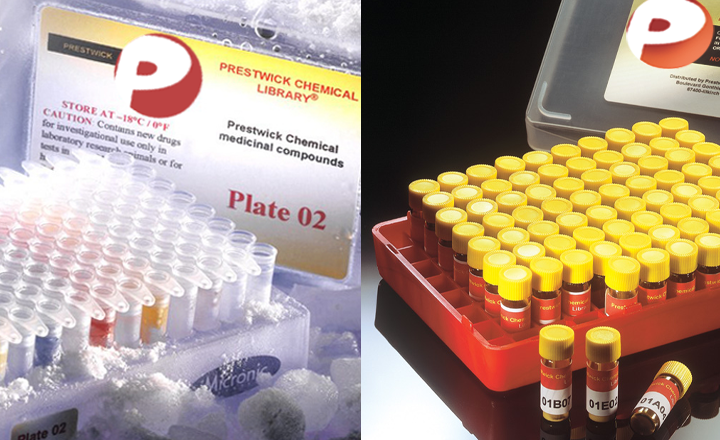PAX8 Modulates the Tumor Microenvironment of High Grade Serous Ovarian Cancer through Changes in the Secretome
Salvi, A.; Hardy, L. R.; Heath, K. N.; Watry, S.; Pergande, M. R.; Cologna, S. M.; Burdette, J. E.
Neoplasia 36, 100866 (2023)
High grade serous ovarian cancer (HGSC) arises from the fimbriated end of the fallopian tube epithelium (FTE), and in some cases, the ovarian surface epithelium (OSE). PAX8 is a commonly used biomarker for HGSC and is expressed in ∼90% of HGSC. Although the OSE does not express PAX8, murine models of HGSC derived from the OSE acquire PAX8, suggesting that it is not only a marker of Müllerian origin, but also an essential part of cancer progression, potentially from both the OSE and FTE. Previously, we have shown that PAX8 loss in HGSC cells causes tumor cell death and reduces cell migration and invasion. Herein, secretome analysis was performed in PAX8 deleted cells and we identified a reduction of the extracellular matrix (ECM) components, collagen and fibronectin. Immunoblotting and immunofluorescence in PAX8 deleted HGSC cells further validated the results from the secretome analysis. PAX8 loss reduced the amount of secreted TGFbeta, a cytokine that plays a crucial role in remodeling the tumor microenvironment. Furthermore, PAX8 loss reduced the integrity of 3D spheroids and caused a reduction of ECM proteins fibronectin and collagen in 3D cultures. Due to the ubiquitous nature of PAX8 in HGSC, regardless of cell origin, and the association of its reduced expression with decreasing tumor burden, a PAX8 inhibitor could be a promising drug target against various types of HGSC. To accomplish this, we generated a murine oviductal epithelial (MOE) cell line stably expressing PAX8 promoter-luciferase. Using this cell line, we performed a screening assay with a library of FDA-approved drugs (Prestwick Library) and quantitatively assessed these compounds for their inhibition of PAX8. We identified two hits: losartan and captropril, both inhibitors of the renin-angiotensin pathway that inhibit PAX8 expression and function. Overall, this study validates PAX8 as a regulator of ECM deposition in the tumor microenvironment.


